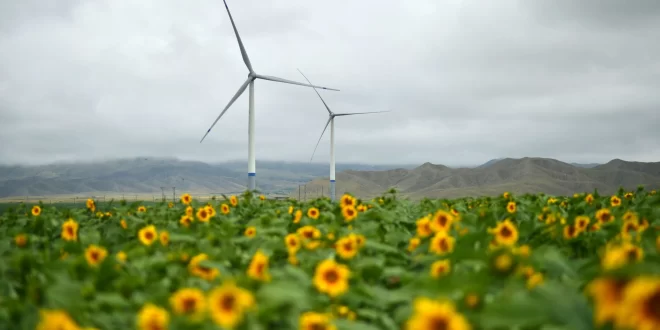Renewable power capacity additions are set to remain stable next year compared to 2022 unless new and stronger policies are adopted soon, the International Energy Agency (IEA) said in a new report on Wednesday.
After a record year for renewable power installations in 2021, renewable capacity is expected to further grow to new records in 2022, rising by over 8% compared with last year, to nearly 320 gigawatts (GW), pushing through the 300 GW mark for the first time, the IEA said in its Renewable Energy Market Update with forecasts for this year and next.
“Based on today’s policy settings, however, renewable power’s global growth is set to lose momentum next year. In the absence of stronger policies, the amount of renewable power capacity added worldwide is expected to plateau in 2023, as continued progress for solar is offset by a 40% decline in hydropower expansion and little change in wind additions,” the agency said.
For this year, growth in renewable capacity installations is expected to be stronger than assumed a few months ago due to accelerated policies in the EU to reduce reliance on Russian fossil fuels, the international agency said.
“The additional renewables capacity commissioned for 2022 and 2023 has the potential to significantly reduce the European Union’s dependence on Russian gas in the power sector. However, the actual contribution will depend on the success of parallel energy efficiency measures to keep the region’s energy demand in check,” said the IEA.
Last month, in cooperation with the European Commission, the IEA said that Europeans could help reduce EU reliance on Russian oil and gas with some changes in their lifestyle. Those measures include driving at lower speeds on highways, turning down the thermostat and using less air-conditioning, working from home, using public transport, and choosing trains over short-haul flights.
Growth in renewables would have been faster without the current supply chain and logistical challenges, the IEA noted today. Increased commodity and freight prices will keep costs higher compared to pre-pandemic levels this year and next, reversing a decade of cost declines.
Still, the agency says, solar PV and wind installations are set to “remain competitive because prices for natural gas and other fossil fuel alternatives have risen much faster.”

 Iran Energy News Oil, Gas, Petrochemical and Energy Field Specialized Channel
Iran Energy News Oil, Gas, Petrochemical and Energy Field Specialized Channel



